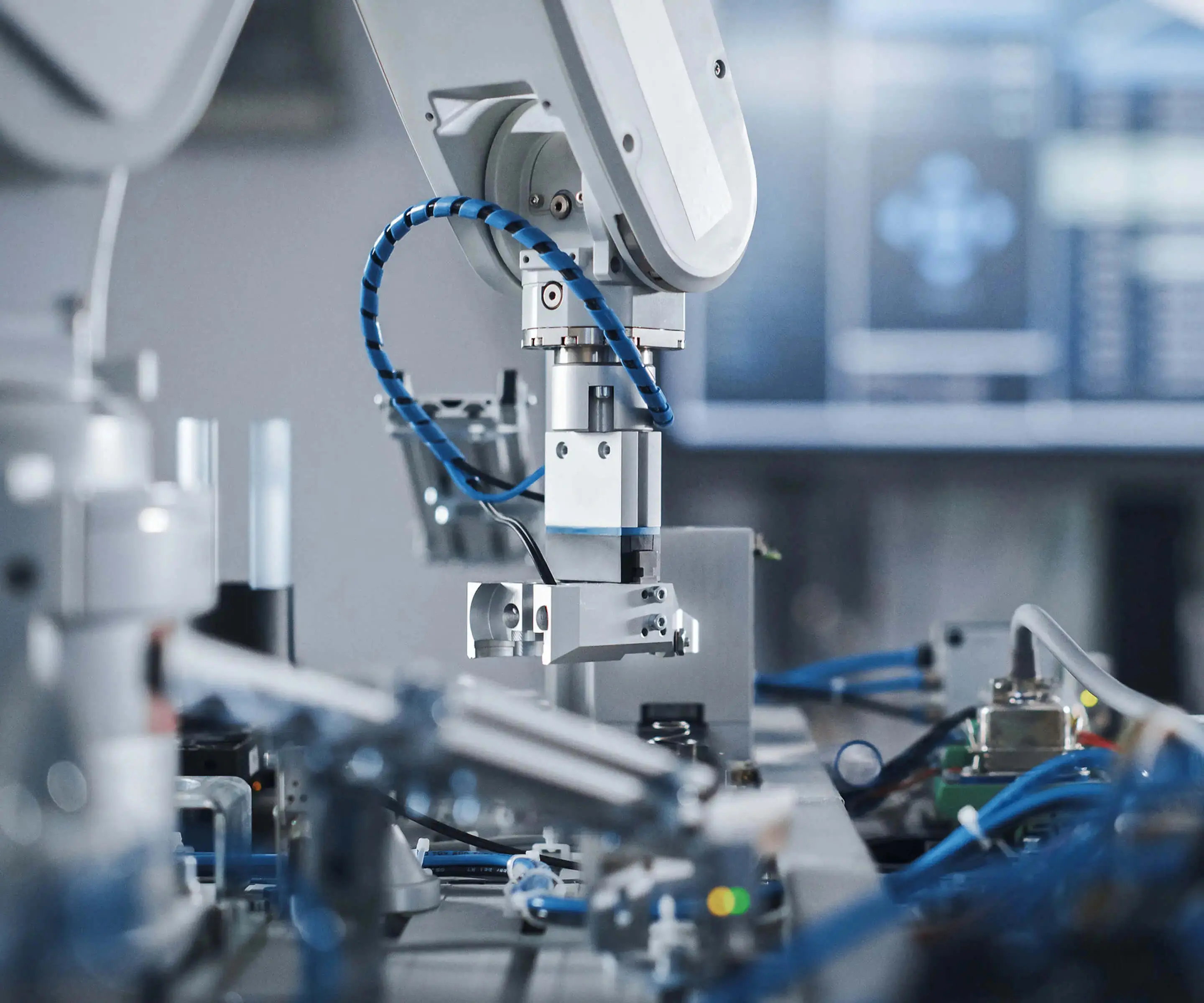Microservices architecture has become one of the most talked-about innovations in the tech world. For good reason. As businesses grow and evolve, the need for flexible, scalable, and easily manageable systems increases. Traditional monolithic architecture often falls short in this area, and that's where microservices come into play. But what exactly makes up a microservices architecture? Let’s break it down in a way that's easy to understand.

What are the Main Components of Microservices Architecture?
Services
At the core of microservices architecture, you have the individual services. Each service is a small, self-contained application that handles a specific business function. For example, in an e-commerce platform, you could have separate services for user authentication, order processing, and inventory management. These services can communicate with each other via APIs, but each one operates independently, which means they can be updated or replaced without disrupting the entire system.
APIs (Application Programming Interfaces)
Microservices wouldn’t be able to function effectively without APIs. These are the bridges that allow different services to talk to each other. Each service exposes its functionality via an API, so when one service needs to interact with another, it sends a request through an API. This allows for smooth communication and helps in keeping everything running without hitches.
Databases
Unlike monolithic systems, where a single database is typically used for everything, microservices tend to each have their own dedicated database. This separation of databases ensures that the services remain independent and that issues with one service's data won't affect the others. It also allows for better scalability and flexibility in handling different types of data storage for different services.
Containers
Containers are like lightweight virtual machines, helping services to run smoothly across different environments. With containers, microservices can be deployed quickly and easily, without worrying about compatibility issues. It's the perfect solution for ensuring that each service runs the same way, whether in a developer's local environment or a production server.
Service Discovery
As the number of services in an architecture grows, it's easy to lose track of where everything is. That’s where service discovery comes in. It allows services to find each other dynamically, so they know where to send requests. This is critical in environments where services can scale up or down, or when they move between servers.
Load Balancers
To ensure that no single service gets overwhelmed, load balancers distribute traffic evenly across instances of a service. This ensures high availability and responsiveness, so customers never experience delays or downtime.
Monitoring and Logging
When you have a bunch of independent services, monitoring each one is essential to keeping everything running smoothly. Monitoring tools track the health of services, while logging systems capture detailed records of service activity. If something goes wrong, these tools help you pinpoint the issue quickly and resolve it before it affects users.
Why Microservices Matter?
Microservices aren't just a passing trend. They offer clear advantages when it comes to building robust, scalable systems. By breaking a large system into smaller, manageable parts, businesses can innovate faster, scale more efficiently, and reduce the risk of a complete system failure. Plus, with each service independently deployable, teams can work on different components at the same time without stepping on each other’s toes.
But is it really worth the hassle?
Sure, microservices come with their own set of challenges. The complexity of managing multiple services can be daunting, and there are plenty of moving parts to monitor. However, the flexibility and resilience they offer more than make up for the growing pains, especially when your business needs to stay ahead of the curve.
Microservices architecture offers a fresh approach to software design that ensures greater flexibility, scalability, and maintainability. By understanding these core components and their interactions, businesses can tap into the full potential of this powerful architecture. It’s an investment that pays off in the long run, making sure you stay agile, responsive, and ready for whatever the future holds.
Established in 2005, Kpower has been dedicated to a professional compact motion unit manufacturer, headquartered in Dongguan, Guangdong Province, China. Leveraging innovations in modular drive technology, Kpower integrates high-performance motors, precision reducers, and multi-protocol control systems to provide efficient and customized smart drive system solutions. Kpower has delivered professional drive system solutions to over 500 enterprise clients globally with products covering various fields such as Smart Home Systems, Automatic Electronics, Robotics, Precision Agriculture, Drones, and Industrial Automation.




































